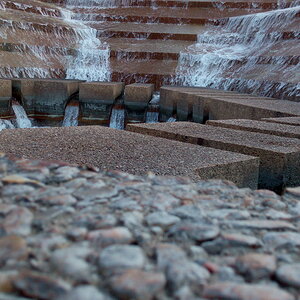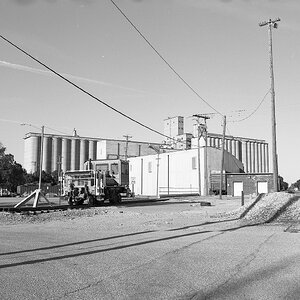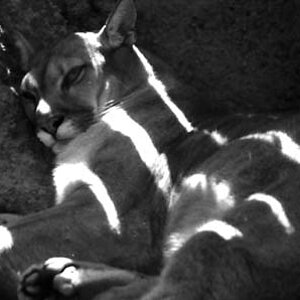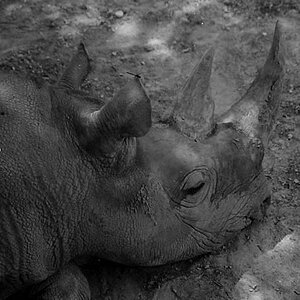Lightsped
TPF Noob!
I just got a FX camera a few days ago. I haven't had any time to use it yet though...
My question is, what is the difference in a DX and a FX lens? I thought the main difference in DX and FX was the size of the sensor.... Will all DX lenses work on my FX camera? Camera is D800. My DX cameras are D3100 and D7000.
Thanks
My question is, what is the difference in a DX and a FX lens? I thought the main difference in DX and FX was the size of the sensor.... Will all DX lenses work on my FX camera? Camera is D800. My DX cameras are D3100 and D7000.
Thanks



![[No title]](/data/xfmg/thumbnail/37/37413-e579e9da185db973d8cb34300b9f0eb9.jpg?1619738059)

![[No title]](/data/xfmg/thumbnail/33/33028-42917987307dfd2eb37ddccec6dcb655.jpg?1619735842)



![[No title]](/data/xfmg/thumbnail/32/32929-22e23acc63d6ecb25e5ee941be87121f.jpg?1619735758)


![[No title]](/data/xfmg/thumbnail/30/30859-ec099dbef074432d32832fceb25cf539.jpg?1619734479)
![[No title]](/data/xfmg/thumbnail/33/33025-0e4fc16dd87a477880f7aa74466d4f56.jpg?1619735838)